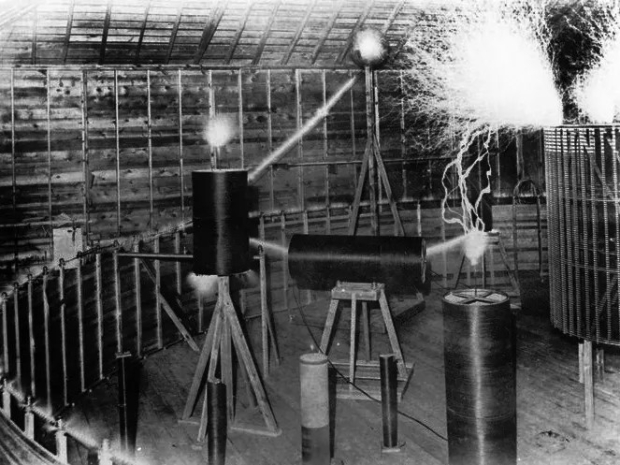As data centres sprout like mushrooms to feed the ambitions of Microsoft, Google, Amazon and Meta, consumer advocates say the real cost is landing on ordinary households and small businesses.
The Associated Press reports that data centre operators insist they are paying their fair share, but fresh analysis suggests otherwise. Wood Mackenzie recently found that 20 special rate deals for data centres across 16 states would not cover the cost of a new gas-fired power station. The shortfall, it warned, likely means residential, commercial and industrial customers are picking up the tab.
The problem is getting expensive fast. Monitoring Analytics, which polices the mid-Atlantic power grid, calculated that 70 per cent of last year’s $9.3 billion electricity cost hike was driven by data centre demand.
Five governors, led by Pennsylvania’s Josh Shapiro, have already taken aim at PJM Interconnection, the mid-Atlantic grid operator, after wholesale power prices jumped nearly sevenfold last year. They accused PJM of making customers “pay billions more than is necessary” and demanded changes to stop data centres freeloading.
Monitoring Analytics wants the tech giants to buy their own power directly, avoiding what it calls a “massive wealth transfer” from ordinary people to Silicon Valley. At least a dozen states are considering forcing data centres to stump up more for local transmission costs.
In Oregon, where data centres have become almost as common as craft beer joints, lawmakers have ordered regulators to draw up new rates that will almost certainly be higher. The Oregon Citizens’ Utility Board says it has hard proof that the cost of keeping the server farms humming is being spread across all customers, even as bills in some parts of the state have soared 50 per cent in four years and disconnections hit record levels.
Some of these facilities guzzle more electricity than cities like Pittsburgh, Cleveland or New Orleans and there’s no sign they plan to put down their forks.

